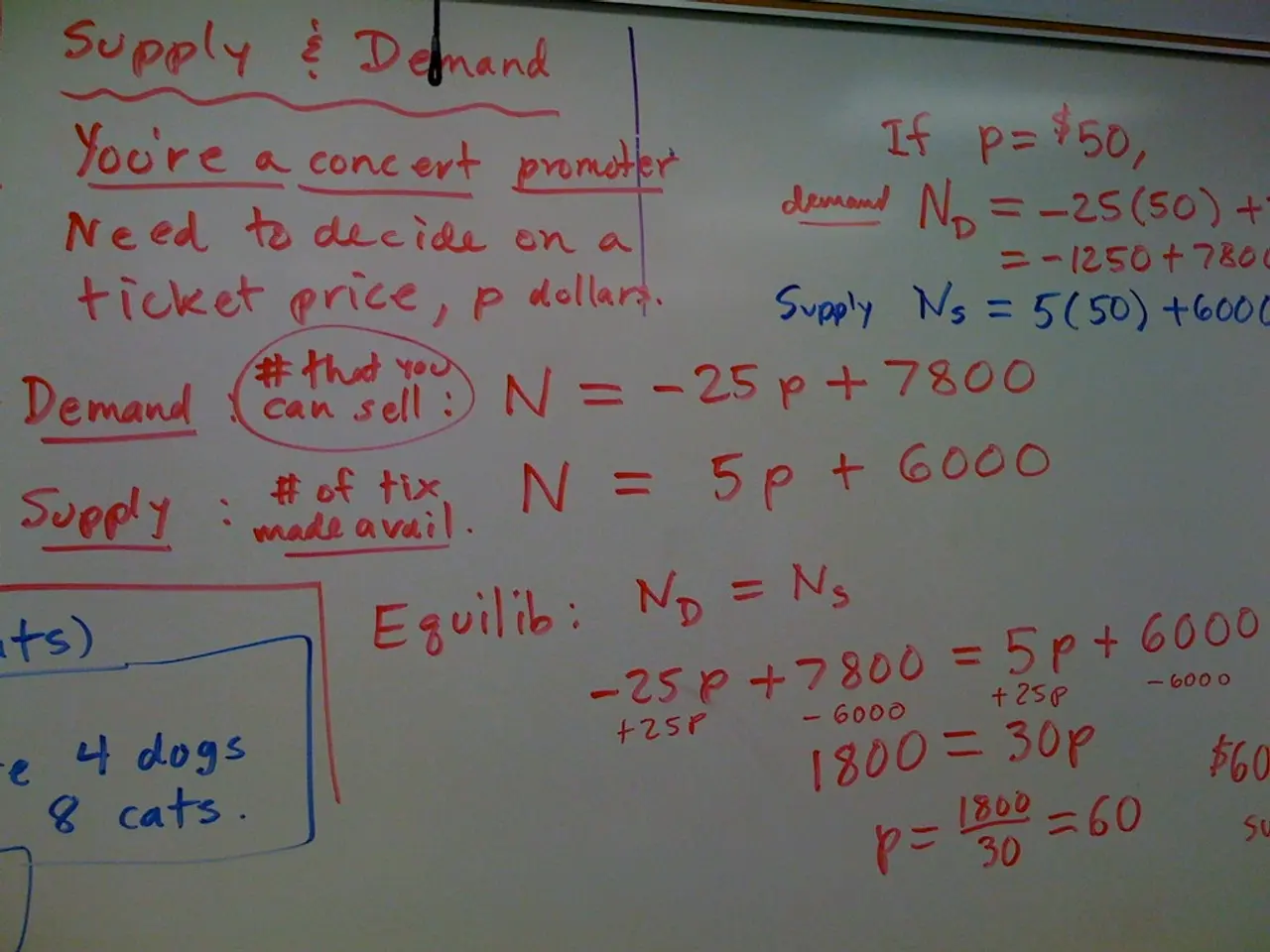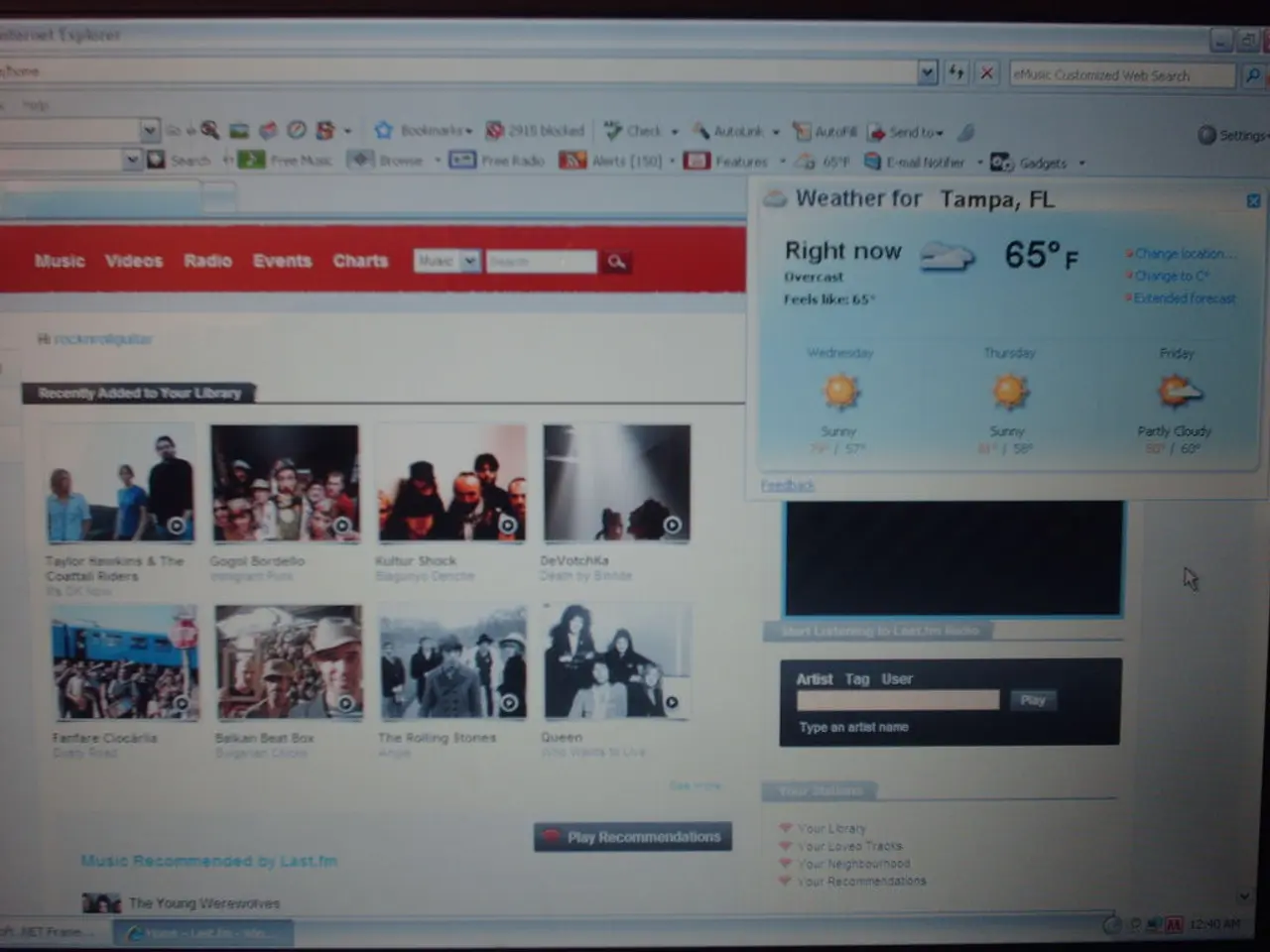Farewell to token usage, welcome to the era of modifications or updates
New Language Model Architecture Offers Efficiency and Universality
A groundbreaking new architecture, known as BLT, is set to revolutionize the world of language models. The BLT architecture, detailed in a recently published paper and code for reference, takes a unique approach to text handling that offers several advantages over traditional tokenization methods.
One of the key benefits of BLT is its ability to process predictable sections of text more efficiently. Unlike current Large Language Models (LLMs), which chop text into chunks called tokens using rules about common word pieces, BLT works directly with bytes in a dynamic way. This dynamic approach can match the performance of state-of-the-art tokenizer-based models while offering up to 50% reduction in inference flops.
The large transformer in BLT processes groups of bytes, called "patches", while a lightweight local decoder converts these patch representations back into bytes. The lightweight local encoder, on the other hand, processes raw bytes and groups them based on predictability using an entropy-based method.
This raw bytes approach offers several advantages. For instance, it provides universal text coverage, meaning the model can handle any text input, including rare characters, symbols, or languages, without out-of-vocabulary issues. It also simplifies the pipeline and reduces latency, leading to faster text handling and response times.
Moreover, BLT handles edge cases better, particularly tasks that require character-level understanding, like correcting misspellings or working with noisy text. It significantly outperforms token-based models on tasks requiring character-level understanding, such as the CUTE benchmark, by more than 25 points.
BLT also offers the option to trade minor performance losses for significant reduction in inference flops. This makes it an attractive choice for applications where efficiency is a priority.
The BLT architecture was trained on 16x less data than the latest Llama model yet still outperforms token-based models on character-level understanding tasks. It even matches or exceeds Llama 3's performance on standard benchmarks.
Meta's new BLT architecture looks at the raw bytes of text and dynamically groups them based on predictability. This suggests a future where language models might no longer need the crutch of fixed tokenization.
The article invites readers to share their thoughts on the approach on the website community Discord. As the field of language models continues to evolve, it's exciting to see new approaches like BLT pushing the boundaries of what's possible.
[1] [Paper Reference] [2] [Tokenization Reference 1] [3] [Tokenization Reference 2] [4] [Tokenization Reference 3]
The BLT architecture, unlike traditional tokenization methods that rely on rules about common word pieces, works directly with raw bytes in a dynamic way, providing universal text coverage and simplifying the pipeline for faster text handling. Moreover, the artificial-intelligence behind BLT demonstrates improved performance on tasks requiring character-level understanding, such as correcting misspellings or working with noisy text.




